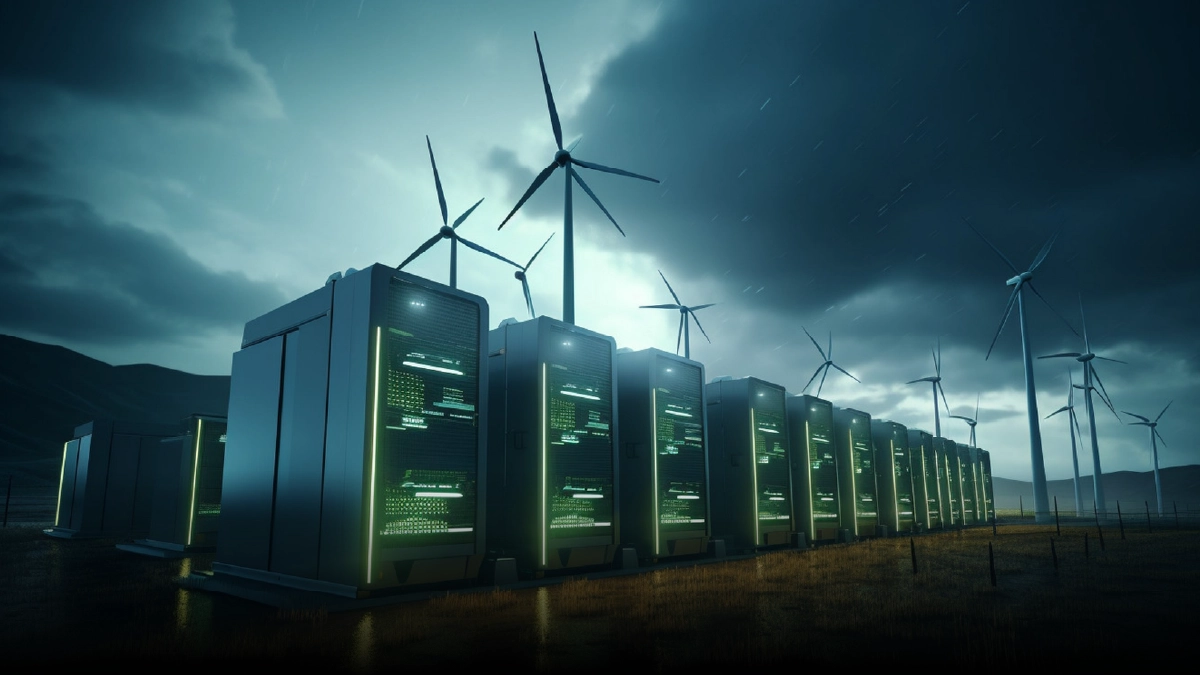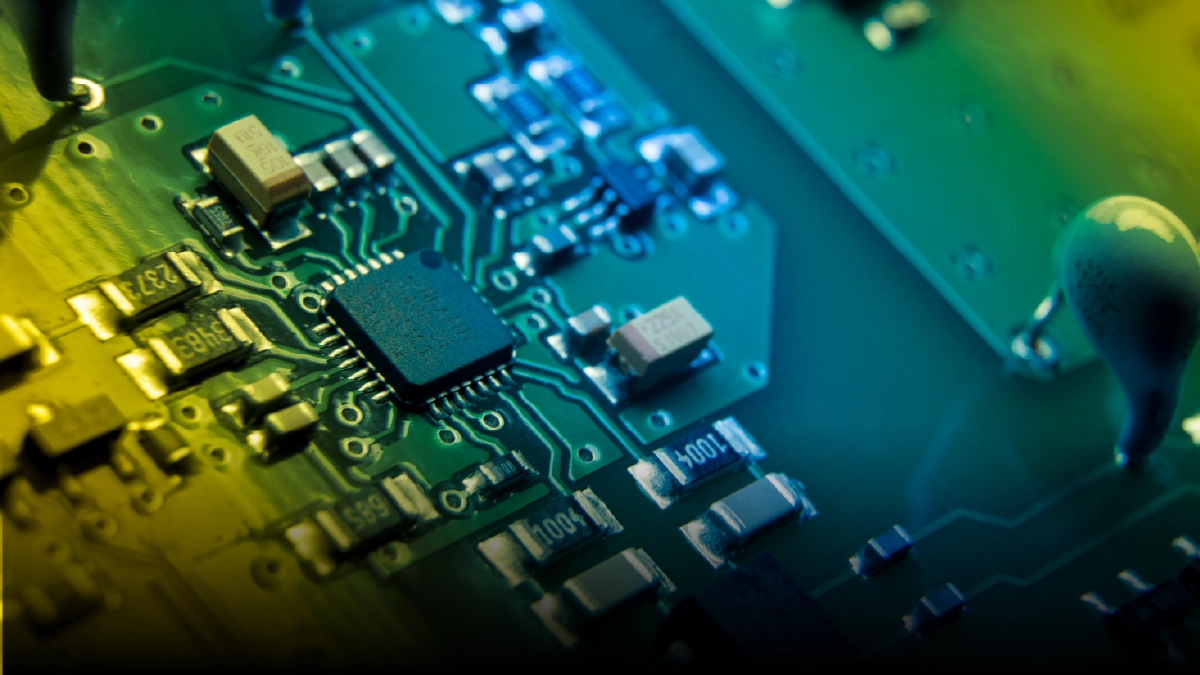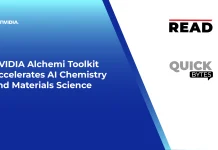Look, renewables are everywhere now. Rooftops covered with solar panels, wind turbines scattered across the shores, and water power stations located in the hills. However, what the majority people do not notice is that power electronics are behind all of it operating perfectly. At the simplest level, they are just circuits that switch electricity around. Simple? Yes. But also critical.
Why? Because they solve three big headaches. First, efficiency. They make sure every ray of sun or gust of wind counts. Second, reliability. When something goes wrong, they keep the system from crashing. Third, scalability. Without them, adding more panels or turbines would be chaos.
And the numbers back it up. In 2023, the world added 473 gigawatts of new renewable capacity is the largest ever. That pushed renewables to cover 43 percent of global installed power. Power electronics make sure all that energy actually reaches the grid and doesn’t get wasted.
Application 1. Maximum Power Point Tracking (MPPT) in Solar PV Systems
Solar panels look simple, but getting the most out of them is trickier than it seems. Sunlight isn’t constant. Clouds drift, temperatures shift, and sometimes panels get partially shaded. Without a smart system, a lot of potential electricity simply goes to waste. That’s where Maximum Power Point Tracking, or MPPT, comes in. It constantly tweaks the system to pull out the maximum energy the panels can produce at any moment.
The secret lies in the electronics behind it. DC-to-DC converters monitor the voltage and current thus, changing the load according to it. Then electricity is passed through DC-to-AC inverters to get a grid-compatible form. The whole assembly of these parts guarantees that energy is not wasted and that the panels deliver their full potential, no matter whether it is a small off-grid house or a big commercial installation.
Also Read: The Evolution of Agricultural Science: From Traditional to Tech-Driven Farming
The world’s leading technology companies are now attempting this concept on a broader scale. Google is setting up a 24/7 carbon-free energy system that will be able to match or surplus the clean sources so electricity use hour by hour. Moreover, they have already made a commitment to secure 1.5 gigawatts of solar energy from Energix by the end of 2030 to power their AI data centers. It is a practical example through which sophisticated modern electronics and intelligent monitoring systems turn the unreliability of renewable energy into a positive scalability factor.
MPPT may not be glamorous, but it is a significant contributor. Every single ray of sunshine is accounted for, and the power electronics make it possible to get usable electricity from daylight right away and without any loss. Therefore, the next time you notice a solar panel, think of the hidden genius working behind the panel that is allowing it to operate in a more intelligent way rather than through hard work.
Application 2. Frequency and Voltage Stabilization in Wind Turbines
Wind is messy. One minute it’s strong, the next it’s almost gone. But the grid doesn’t care. It wants steady voltage, steady frequency, or devices trip and factories pause. That’s where turbines hit a problem. They spin at varying speeds, which can throw the grid off.
Enter power electronics. AC-DC-AC converters, also called full-scale converters or DFIGs, act like a buffer. They take the unpredictable electricity from the turbine and deliver smooth, reliable power to the grid. Gusty wind? No problem. The grid doesn’t notice a thing.
Then there’s Low Voltage Ride Through, LVRT. When voltage drops during a fault or short outage, turbines stay connected. They keep supplying power. Without LVRT, a tiny disturbance can take hundreds of megawatts offline in seconds. That’s chaos avoided.
The takeaway is simple. Wind turbines are not just tall, spinning machines. They are controlled, smart systems thanks to power electronics. Converters turn unexpected wind into predictable power, maintain the grid in operation, and enable operators to increase the number of wind turbines without any risk involved. There is no sorcery behind the scenes but rather intelligent engineering and electronic devices that work non-stop to supply power.
Application 3. Integration with Battery Energy Storage Systems (BESS)

Renewables are great until the sun hides or the wind stops. Then what? That’s why batteries exist. They store power when it’s available and release it when it’s not. Simple idea, messy in practice.
This is where bidirectional converters come in. They control the flow. Charging a battery from solar or wind is AC to DC. Sending it back to the grid is DC to AC. That’s two-way traffic every second, and without precise control, you risk frying equipment or wasting energy. Different batteries like Li-ion, flow, whatever you choose, need different voltages and currents. Power electronics handle that without breaking a sweat.
They do more than just move energy around. Black start capability is one example. A grid can start from nothing using stored energy, no outside help. That is the difference between a stable system and a blackout.
DOE research, with NREL leading the charge, is making these systems more reliable. Engineers are improving converters, testing better components, and making sure storage keeps running day after day without failing.
The point is this. Storage isn’t a bonus. It is essential. And power electronics are the invisible muscle making it happen. Every smooth charge, every controlled discharge, every black start; there’s a small army of circuits quietly making sure the lights stay on.
Application 4. High-Voltage Direct Current (HVDC) Transmission
Some renewable farms are massive. Offshore wind, remote hydro; they generate a lot of power, but they are often hundreds of kilometers away from the cities that need it. Sending electricity over such long distances is tricky. Regular AC lines lose too much energy and can’t always handle the load. That’s where HVDC comes in.
Voltage Source Converter-based HVDC lines take power from these remote sites and send it to the grid efficiently. They cut transmission losses, keep voltage stable, and even let operators control the flow independently. It’s like having a smart highway for electricity instead of a bumpy backroad.
The scale is impressive. It is anticipated that hydropower by itself will increase by more than 154 GW within the period of 2025 to 2030. Another 16.5 GW per year will come from the pumped-storage hydropower. Hitachi Energy has successfully connected more than 150 GW of HVDC links all over the globe. Their Grid-enSure™ portfolio which integrates the HVDC, STATCOM, MVDC and other technologies is making the connection of big renewable farms easier and more dependable than ever before.
The conclusion is quite straightforward. What is more, the no HVDC and its power electronics technological underpinnings, the green power transmission from faraway places to urban areas would be characterized by inefficiency, instability, and high cost. In contrast, with these technologies, the power grid managers can deliver large amounts of energy from offshore wind farms or mountain hydro plants to the consumers’ and industries’ doors, more so without any loss and quite efficiently. HVDC isn’t just a technology, it’s the bridge that makes large-scale renewables practical.
Application 5. Dynamic Power Flow Management in Microgrids
Microgrids are small but powerful. They can run connected to the main grid or operate independently when needed. Switching between these modes sounds simple, but without precise control, it can cause blackouts or instability. That’s where power electronics step in.
With smart converters and controllers, microgrids balance local loads automatically. They make the switch between grid-connected and islanded modes seamless and fast. No interruptions, no guesswork. Reactive power is managed too, keeping voltage stable even when the main grid is offline.
This isn’t just theory. Microgrids are becoming more popular in Community, campus, and industrial parks due to their capability of providing uninterrupted services during blackouts. The use of power electronics enables this situation as they operate as an invisible brain that manages the electricity flow effectively, and balancing the supply and demand instantly.
To sum it up, the reliability of microgrids is directly associated with the reliability of the electronics. Moreover, the cutting-edge PE technology guarantees that they work economically, securely, and with no problems.
The Future is Solid State

Power electronics have quietly transformed renewable energy. They make solar panels more efficient, turbines stable, batteries reliable, HVDC transmission practical, and microgrids flexible. The impact is clear. Better efficiency, stronger grid stability, and the ability to scale renewable systems like never before.
Advanced semiconductors are behind the next leap. Silicon Carbide and Gallium Nitride devices are expected to deliver greater efficiency, decreased losses, and quicker switching times. They are going to revolutionize power electronics by making them smaller, more durable, and more performant, thus, bringing the renewable energy potential which was hitherto inaccessible into view. The future is not just eco-friendly; it is solid state, intelligent, and unbeatable.




